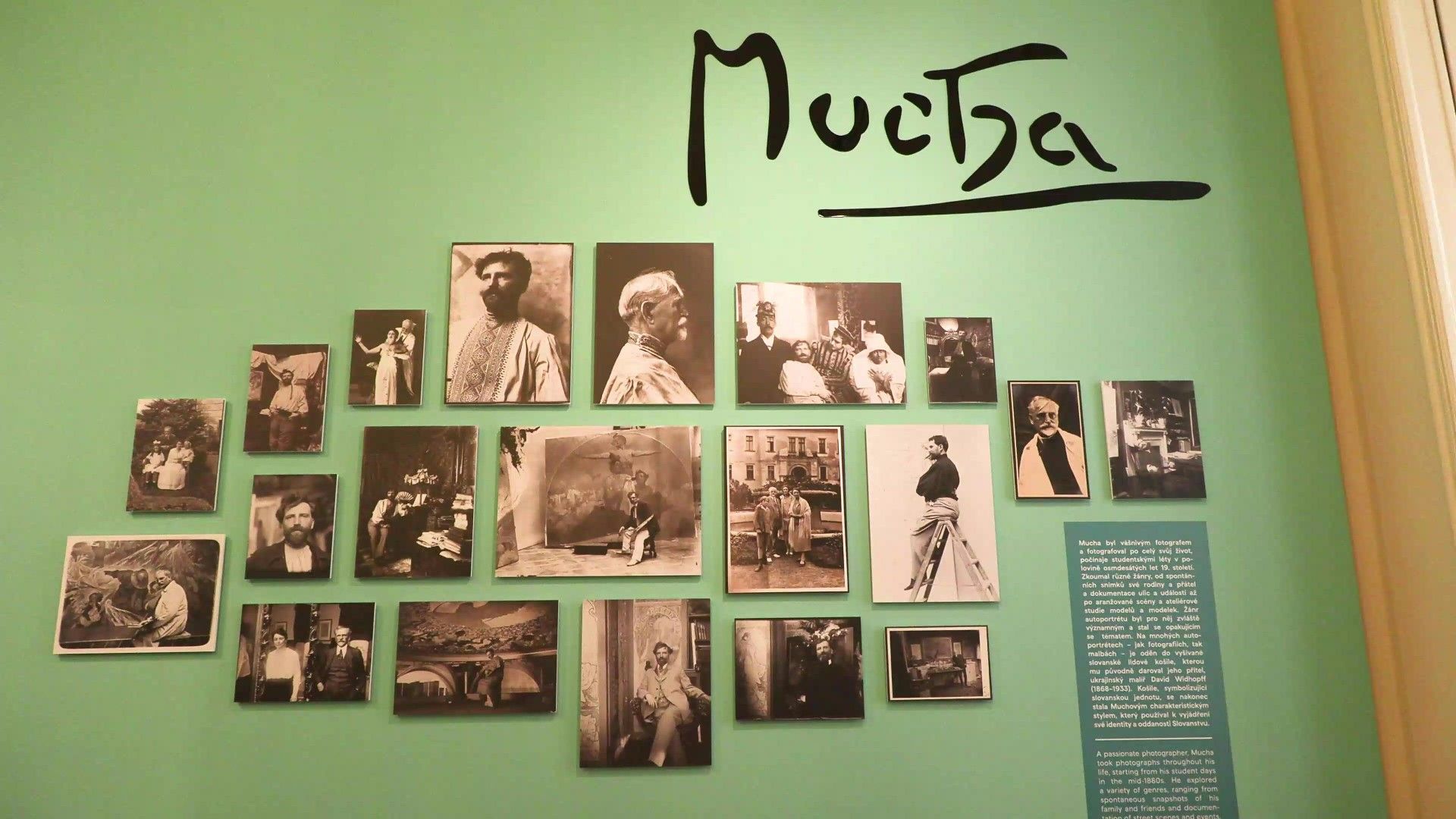
A new museum in Prague, opening in February 2025, will showcase over 100 works by Art Nouveau artist Alfons Mucha, including his iconic Slav Epic cycle, which will finally have a permanent home after years in storage. The museum, located in the historic Savarin Palace, aims to make Mucha's art accessible to all, staying true to his belief in public, democratic art.
A new museum in Prague dedicated to the renowned Czech Art Nouveau painter Alfons Mucha will open its doors later this month, offering a chance for the public to explore his legacy. The museum, located in the Baroque Savarin Palace in the heart of the city's UNESCO-listed historic center, will display over 100 pieces of Mucha's works, ranging from paintings to lithographs and sketches. A highlight of the collection is the long-awaited home for his monumental Slav Epic, a series of 20 massive canvases that have been kept in storage for decades.
Alfons Mucha (1860-1939), celebrated for his iconic floral posters, especially those featuring French actress Sarah Bernhardt, left an indelible mark on the world of art. His work is believed to have influenced the Disney film Frozen. The new museum, set to open on February 24, will offer an accessible and democratic art experience, staying true to Mucha's own vision. According to Marcus Mucha, the artist’s great-grandson and head of the foundation managing Mucha’s legacy, the museum will be a place for “art for everyone.”
Mucha was adamant that his art should not be confined to elite circles. His posters, he believed, should transform public spaces into open-air galleries accessible to all. The collection displayed at the museum comes from the Mucha family’s extensive holdings, which include around 4,000 pieces. In addition to the smaller works on view, the museum will also feature four replicas of the Slav Epic until a dedicated space for the full cycle is constructed.
The Slav Epic is a monumental work that Mucha dedicated 18 years of his life to creating. Completed in 1928, the series portrays scenes from the history and mythology of the Slavic peoples. Initially exhibited in Prague, the Slav Epic fell into obscurity as it was stored away during World War II and the following decades. After being hidden during the Nazi occupation, the cycle was placed in storage and even buried under coal during the war. It wasn’t until 1963 that it was displayed again, in the town of Moravsky Krumlov, but its condition deteriorated in the ensuing years. The artwork was moved in 2011 due to the poor state of the castle housing it, and a decade later, it was returned following extensive renovations.
Mucha’s legacy was also tied up in disputes with the city of Prague over the placement of the Slav Epic. The artist had donated the work to the city in 1913 with the condition that it be displayed in a suitable space, a promise that had been unfulfilled for many years. Marcus Mucha describes the Slav Epic as “a sensitive national treasure," and the cycle will soon be showcased in a newly designed space in the Savarin Palace, conceived by the acclaimed British architect Thomas Heatherwick. Until that time, the museum will rotate the smaller reproductions, allowing the public to explore the rich narrative of the cycle.
The Savarin Palace, situated near Prague’s prestigious Na Prikope street and the Estates Theatre, where Mozart premiered Don Giovanni, is a fitting location for such an iconic collection. Marcus Mucha expressed pride in having his great-grandfather’s work displayed in such a historic setting. He envisions that Mucha would be thrilled by the museum's opening, particularly with its emphasis on making his art accessible to the public. The section dedicated to the Slav Epic is expected to open by 2028, marking the 100th anniversary of the series' completion.
With AFP

Comments